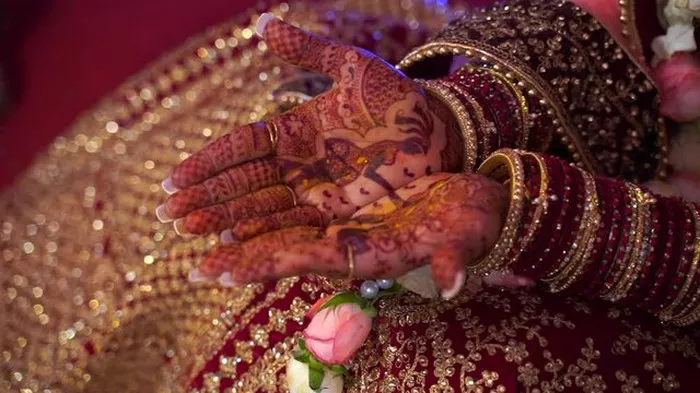Palm tattoos have gained attention for their unique placement and artistic appeal. However, their longevity differs significantly from tattoos on other parts of the body. This article delves into the intricacies of palm tattoos, covering their uniqueness, the challenges they present, and tips to prolong their lifespan.
What Are Palm Tattoos?
A palm tattoo refers to any tattoo design inked on the inner surface of the hand, including the palms and fingers. Unlike tattoos on other body parts, palm tattoos stand out due to their location. They are visible in a way that fosters constant interaction with the environment, making them an expressive yet unconventional choice.
Palm tattoos are unique because of the dynamic nature of the skin in this area. The palms have thicker skin, numerous nerve endings, and an intricate pattern of lines and creases. These factors make them a distinctive canvas for tattooing. However, they also pose specific challenges that make palm tattoos a commitment requiring proper consideration.
Challenges Associated with Palm Tattoos
The skin on the palms is vastly different from other areas of the body. It is thicker, contains fewer oil glands, and regenerates at a much faster pace. The constant movement, friction, and exposure to the elements contribute to the difficulties of tattooing this area.
Tattoo artists must work carefully to deposit ink into the dermis without overworking the skin. The unique characteristics of palm skin also make it more challenging to achieve and maintain detailed designs. As a result, palm tattoos often fade faster than tattoos on other areas, requiring frequent touch-ups to retain their appearance.
How Long Does a Palm Tattoo Last?
Palm tattoos are notorious for their short lifespan compared to tattoos on other body parts. On average, a palm tattoo may last anywhere from a few months to a couple of years before noticeable fading occurs. Unlike tattoos on less active areas, palm tattoos face constant wear and tear from daily activities.
The fading process for palm tattoos is accelerated by factors such as friction, frequent hand washing, and the natural exfoliation of the skin. Even with proper care, it is common for the tattoo to lose its clarity and vibrancy over time.
Factors Affecting Longevity
Several factors influence how long a palm tattoo lasts:
Skin Thickness: The thick skin on the palms makes it harder for tattoo ink to penetrate deeply into the dermis. As a result, the tattoo may fade unevenly or not retain its intended vibrancy.
Natural Exfoliation: The palms undergo natural exfoliation at a higher rate than other body parts. This continuous shedding of skin cells contributes to the fading of tattoos in this area.
Constant Use: The palms are one of the most utilized parts of the body, involved in countless tasks such as gripping, writing, and handling objects. This constant use increases friction and leads to faster tattoo wear.
Factors Influencing Durability
Skin Regeneration: The palms regenerate skin cells more rapidly than other parts of the body. This natural renewal process helps the skin recover from daily wear but also contributes to the fading of tattoos. As the outermost layer of the skin (epidermis) renews itself, the ink particles closer to the surface become less visible.
Friction and Use: The daily activities involving the hands generate significant friction. Actions such as gripping, typing, and cleaning create constant abrasion, which causes the tattoo to wear down. Additionally, frequent hand washing—essential for hygiene—further accelerates fading.
Ink Penetration: Tattoo ink must be deposited into the dermis layer of the skin to achieve longevity. The thick skin on the palms makes it challenging for tattoo needles to reach the dermis consistently. This can result in uneven ink application and a tattoo that fades more quickly or looks patchy.
Care and Maintenance Tips
Caring for a palm tattoo begins immediately after getting inked. Following the tattoo artist’s aftercare instructions is crucial to promote healing and reduce the risk of complications. Common recommendations include keeping the area clean, avoiding unnecessary friction, and applying any prescribed ointments.
Moisturizing: Regular moisturizing can help maintain the skin’s elasticity and prevent excessive dryness. Dry skin is more prone to cracking, which can cause the tattoo to degrade more quickly. A quality, fragrance-free moisturizer can make a significant difference in extending the tattoo’s life.
Avoiding Harsh Chemicals: The palms often come into contact with cleaning agents, detergents, and other harsh chemicals. These substances can strip the skin of natural oils and accelerate the fading process. Wearing gloves while cleaning or handling chemicals can help protect the tattoo.
Conclusion
Palm tattoos are a bold and unique form of self-expression, but they come with significant challenges related to their longevity. Understanding the nature of palm skin, the factors influencing durability, and the care required can help individuals make informed decisions about this type of tattoo. While palm tattoos are not known for their permanence, they can still be a meaningful and visually striking choice for those willing to embrace their temporary nature. With proper care, realistic expectations, and a commitment to touch-ups, a palm tattoo can remain a cherished piece of art for as long as possible.
Related Topics

